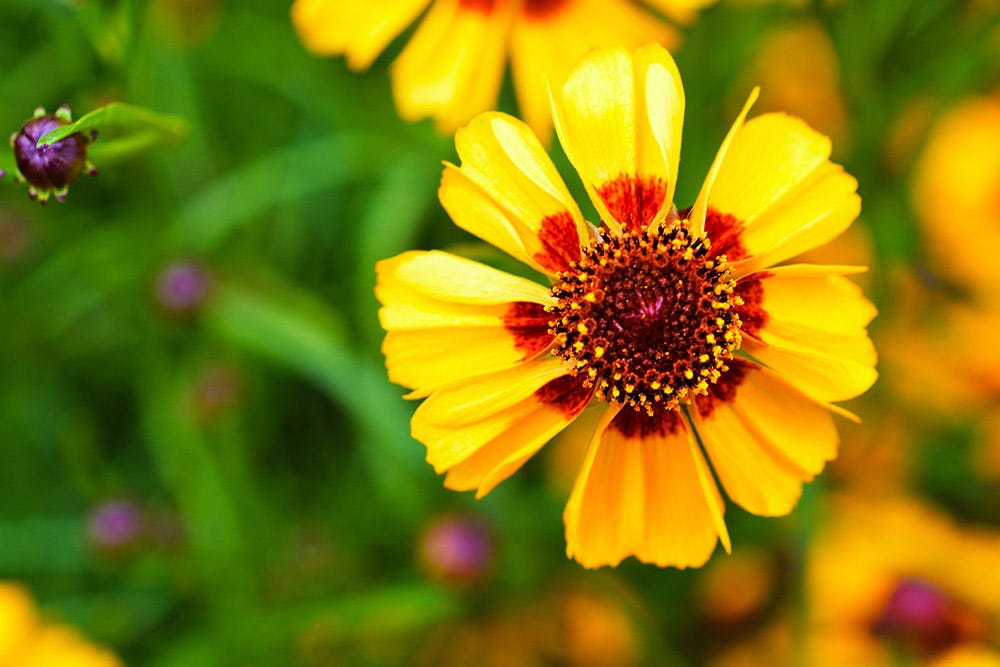
Remember that the water table also drops during summer, so whatever you plan to grow, be prepared for extra watering.
Lovely lettuce
This is much cheaper and tastier than bags of leaves from the supermarket. Sow lettuce seed every 14 days from March to September, and you’ll always have the main ingredient for a fresh salad.
-
Dig in plenty of garden compost to prevent lettuces running to seed in hot, dry weather.
-
Press a bamboo cane into moist soil to create shallow, 1cm deep drills.
-
Cover with a fine layer of compost or vermiculite to help keep the soil free draining – lettuce roots don’t like getting soggy.
-
With hearting lettuces, space seedlings 30cm apart. For cut-and-come-again varieties, simply harvest the tender, young leaves when they’re ready.
Crisp, colourful radishes
From germination to being ready to pick in just four weeks, radishes are an easy way to give salads a crunchy, peppery zing. Don’t leave them in the ground too long though, or they get a bit woody, taste bitter and can get too 'hot'. Radishes also tolerate most soil types and make great companion plants – helping with pollination and controlling pest numbers.
-
To ensure a crop throughout summer, sow radish seeds at weekly intervals directly into soil that you’ve raked to a fine tilth.
-
Lightly cover seeds with soil, and then water in well using a watering can with a rose attachment.
-
Thin out seedlings 2.5cm apart and water regularly in dry conditions – seeds normally germinate within 10 days.
First-class carrots
Whether you want to grow the classic orange, or the heritage type that come in a mix of purple, red, yellow, black and white colours, July is the latest month you can sow late varieties of carrot seed directly into the soil. Sowing now means you should achieve a crop in 14-16 weeks before the first autumn frosts strike.
-
Dig in some well-rotted organic matter and fork the earth thoroughly – removing any lumps and stones. Make shallow drills using the edge of a trowel or hoe and sow the carrot seeds sparingly to avoid having to thin later (see below).
-
Cover with a thin layer of soil and water in. Then keep the area free of weeds, but only water during very dry spells.
-
Use a horticultural fleece or a cloche to protect seeds from the cold. And to prevent carrot root fly, it’s also better not to thin the growing seedlings.
Did you know?
Like radishes, French beans grow quickly from seed, so you have most of July to get them going. You can then enjoy the young, tender pods, or leave them to dry on the plant and turn into haricot beans.

Wondering what to plant this June? Read on for flower and vegetable recommendations that will keep your garden blooming and bountiful through summer.
